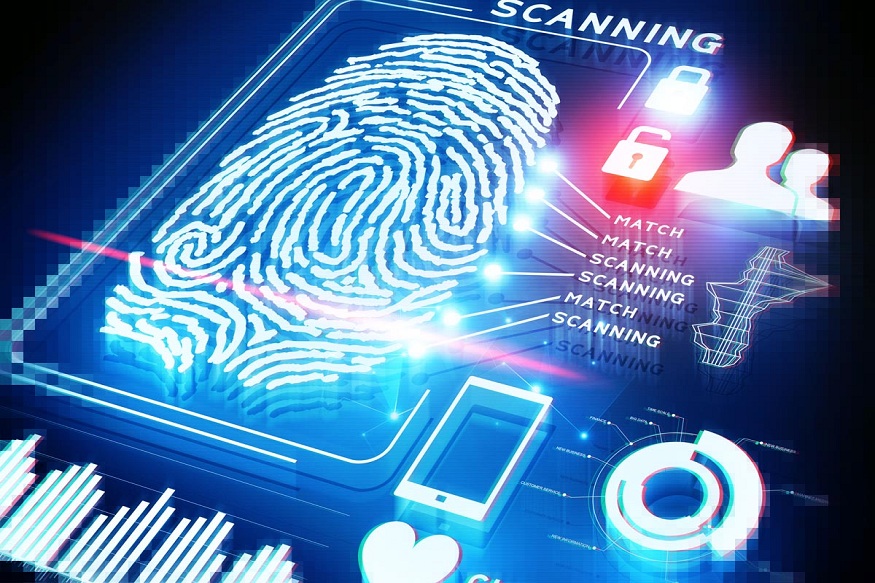Everything You Need to Know About Fingerprinting Services (Before You Book One)

Let’s Talk About the One Part of You That Never Lies
You’ve probably changed your hair, your job, your passwords—maybe even your mind. But your fingerprints? They’ve stayed the same since the day you were born.
Strange, isn’t it? In a world obsessed with change and updates, there’s this one ancient, biological barcode that never gets replaced. And it’s more powerful than any PIN, password, or profile picture you’ll ever create.
Still, most people don’t think about fingerprints until someone asks for them. A job application. A license. A background check. Suddenly, this forgotten feature becomes the star of the show—and you’re left wondering what it’s all for.
This isn’t a throwback to old-school ID systems. It’s something far smarter. Fingerprinting services aren’t about nostalgia. They’re about trust, precision, and telling the truth—when it matters most.
Let’s take a closer look at how this oddly permanent part of you plays a surprisingly important role in the fast-moving world we live in.
7 Surprising Situations Where Fingerprinting Is Still Non-Negotiable
We don’t usually think about fingerprints until someone asks for them. But they’re quietly required in more places than you’d guess. There are at least seven common situations where fingerprinting isn’t just helpful—it’s mandatory. Some might even surprise you.
First, jobs involving trust—like healthcare, law enforcement, education, or finance—often require fingerprint-based background checks. That’s because surface-level screenings can miss important records tied to aliases or misspelled names. Second, licensing boards across many industries use fingerprinting to verify your identity before granting credentials. Teachers, nurses, real estate agents—you name it. Third, immigration screenings often rely on biometric data, and fingerprints are the gold standard.
And then there’s adoption paperwork. Custody cases. Security clearances. Even volunteering at a youth center. When you’re put in a position of responsibility, organizations need proof of who you are—and not just who you say you are.
How to Prepare for Your Fingerprint Appointment Without Wasting Time
The process might seem simple, but missing even one detail can delay everything. So here’s a practical way to prep like a pro.
Start by checking what kind of fingerprinting is required. Some situations call for traditional ink-and-roll. Others need live scan—an electronic version that sends your prints directly to the requesting agency. Know which one your situation requires.
Next, gather what you’ll need. At a minimum, bring:
- A valid, government-issued photo ID
- Any agency-specific forms or request codes
- A method of payment (some locations don’t accept cash)
Wear clean, lotion-free hands. Too much dryness or residue can affect the scan. And if your hands are rough from work or weather, moisturizing the night before might help. Don’t use anything oily just before your appointment, though—it’ll smudge the scanner.
The Truth About Why Digital Fingerprints Aren’t Foolproof Without You
You’d think with all the tech out there, everything would be automatic. But fingerprinting still needs you to show up, physically. And that’s the point. Unlike facial recognition, which can sometimes be fooled or manipulated, fingerprints require your actual presence. That adds a layer of trust machines can’t provide on their own.
Digital fingerprints are clearer, faster, and harder to mess up than old ink cards. But accuracy still depends on how well your prints are taken—and that requires a trained technician, the right equipment, and your cooperation. It’s not plug-and-play.
The best live scan systems will reject poor-quality prints in real time so that they can be re-captured on the spot. That helps avoid rejected submissions, which could delay your job start or license approval by weeks. So yes, even in the age of automation, human presence and responsibility still drive the process.
What No One Tells You About Why Fingerprinting Isn’t Just About You
Here’s what’s rarely said out loud: fingerprinting isn’t just about identifying you. It’s about protecting others.
When an employer asks for your prints, it’s not because they don’t trust you. It’s because they’re accountable for everyone else you might interact with. Students. Patients. Clients. The elderly. This isn’t surveillance—it’s due diligence.
Fingerprint-based background checks go deeper than standard screenings. They can access national databases and flag prior arrests or convictions linked to fingerprints—even if those incidents never showed up on name-based checks.
So while it may feel like you’re being evaluated, the broader goal is collective safety. Your fingerprints tell the truth without bias. They don’t judge or guess. They confirm.
The Quiet Power of Being Verified the Right Way
Getting fingerprinted can feel cold and procedural. But it’s more powerful than most people realize. It’s one of the few ways to anchor your identity to something you can’t lose or change.
And here’s the thing—when done right, it’s fast, clean, and surprisingly straightforward. The technician scans your fingers. The data is captured in seconds. And within minutes, your prints are on their way to the right place: no mess, no mailing, no middlemen.
So if you’ve been asked to complete a fingerprinting process, take it as a sign that you’re stepping into a role that matters. You’re being trusted with responsibility—and that starts with accountability.






